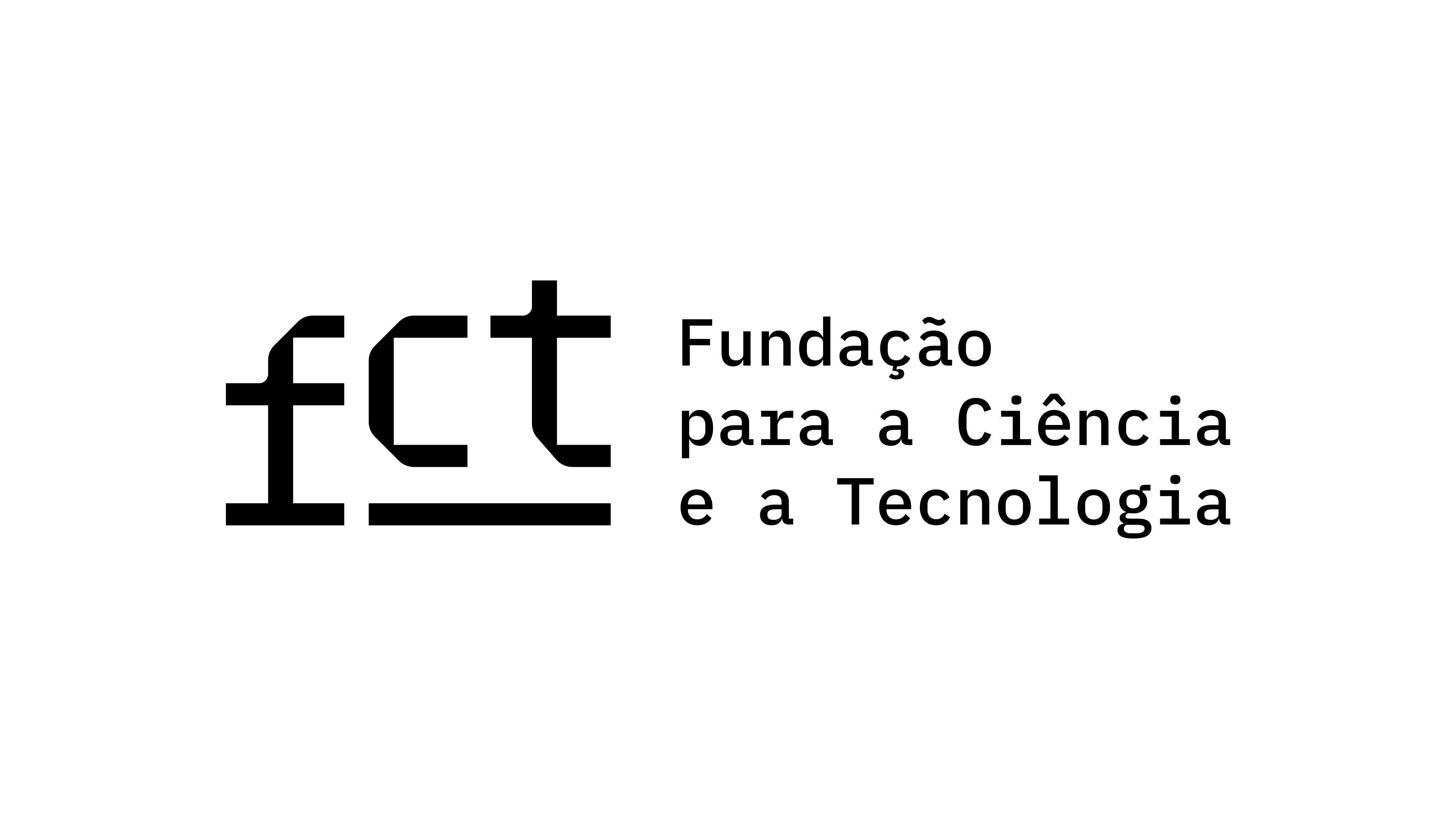The Body as Interface: Ambivalent Tactility in Expanded Rube Cinema
Abstract
This paper addresses the issue of embodiment by looking at (expanded) Rube films in which the maladjusted to new media, confusing reality and illusion, directly touch the screen to catch the object of desire. The shift from perception to action here signals that from transcendent to embodied spectatorship, revealing the screen as a material “interface” that both provokes and frustrates the real contact. Defining this “ambivalent tactility” as a key aspect of interfaciality, the paper explores it in the frame of various spectatorship theories broadly from Lacanian semiotic psychoanalysis to Merleau-Pontian phenomenology of embodiment, while revisiting and reinterpreting such concepts as the mirror stage, narcissism, and skin ego in relation to the screen function. This investigation suggests not only that the screen is a touchable interface for tactile experience, but also that the subject is “in touch with” surroundings before it “touches” something — i.e., one’s body is an inherently embodied interface generated through the primary écart from the mother’s body. Then, one can map three forms of interface from external to internal — screen, mirror, skin — and see that the artificial technological interface turns out to be derived from the ambivalently tactile skin as the embodied interface.





